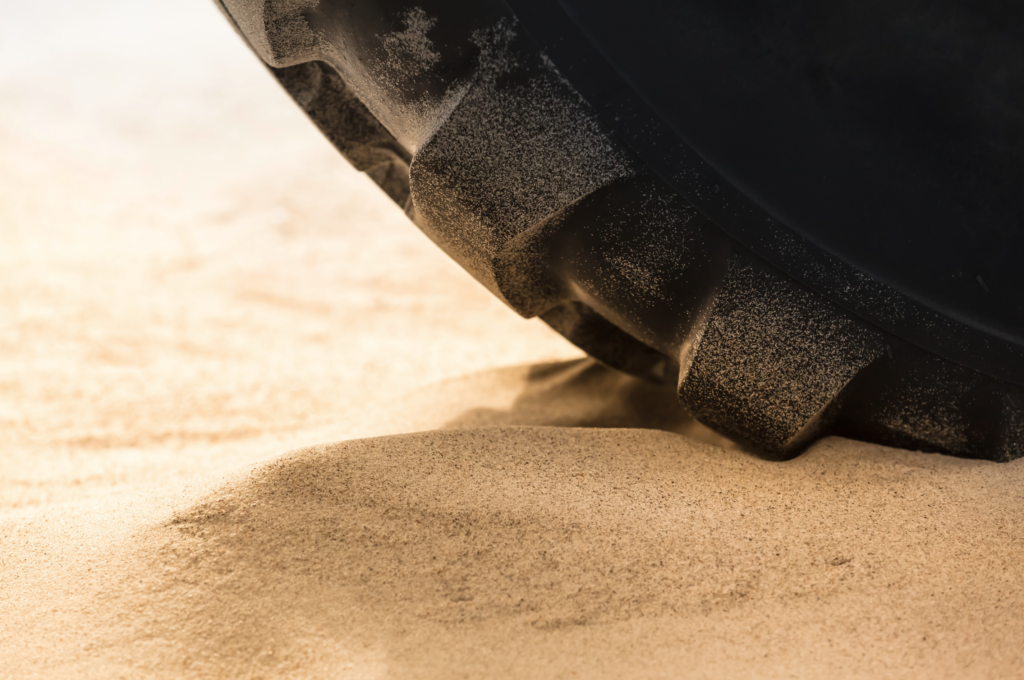
Soft sand driving can be a thrilling adventure, especially during spring break trips to the beach. However, it’s essential to be aware of the risks it poses to your vehicle’s transmission. Your transmission plays a crucial role in transferring power from the engine to the wheels, and driving on soft sand can put unnecessary stress on this vital component. Here are some key points to consider when driving on sand and how to protect your transmission:
Key Risks:
- Overheating: Driving on soft sand can cause your vehicle’s transmission to overheat due to the increased resistance. This can lead to damage and potentially costly repairs.
- Strain on the Transmission: The constant shifting of gears and the extra effort required to navigate through soft sand can put a strain on your transmission, leading to premature wear and tear.
- Never Drive Through Water: Water can easily get into the transmission system. Your vehicle’s transmission is made up of sensitive parts that quickly deteriorate when exposed to water.
Tips for Safe Driving:
- Prevention is Best: Avoiding soft sandy situations is going to be your best bet. If possible stick to firm, designated driving paths.
- Maintain a Steady Speed: Avoid sudden braking, as this can cause your vehicle to get stuck in the soft sand and put unnecessary stress on the transmission – especially when trying to get out of the situation.
- Avoid High Revs: Try to keep your engine revs low to minimize the strain on your transmission while driving on soft sand.
Maintenance Tips After the Beach Trip:
- Check for Sand Residue: Inspect the undercarriage of your vehicle for any sand residue that may have accumulated during your trip.
- Transmission Fluid Check: Have your transmission fluid checked and changed if driven through water to ensure optimal performance and prevent potential damage.
- Professional Inspection: Consider taking your vehicle to a professional mechanic for a thorough inspection to address any issues that may have arisen from driving on soft sand.
In conclusion, while driving on soft sand can be an enjoyable experience, it’s crucial to be mindful of the risks it poses to your vehicle’s transmission. By following these tips and recommendations for maintenance, you can ensure a safe and enjoyable beach trip without compromising the health of your transmission.

